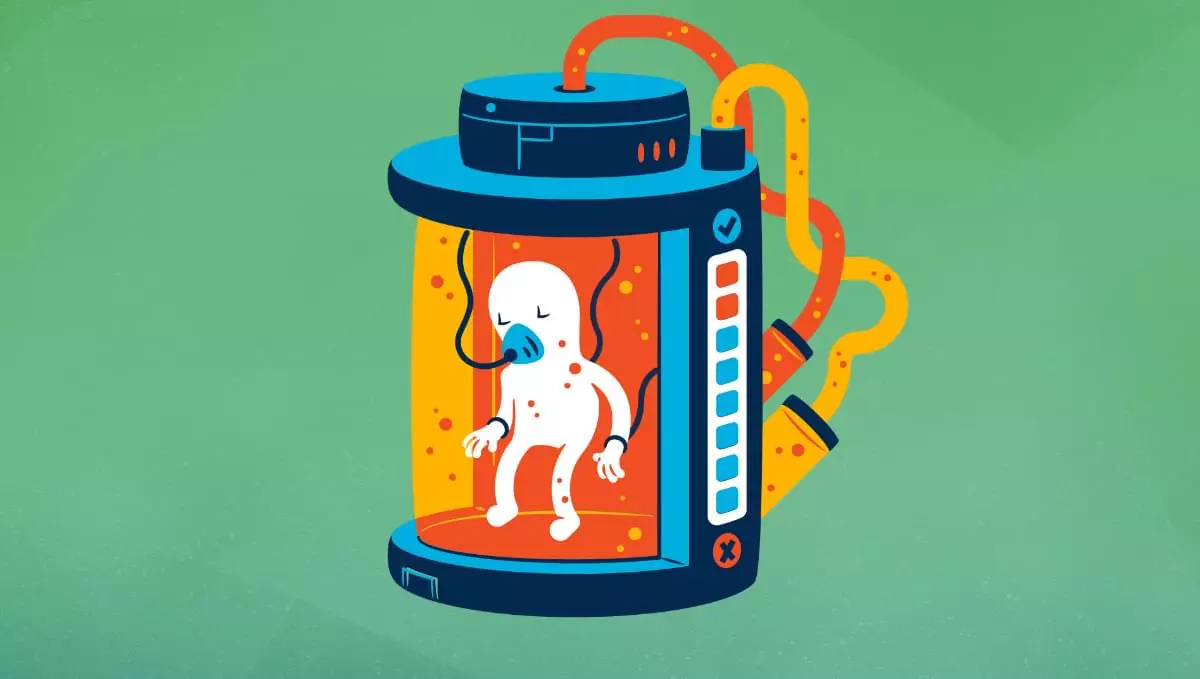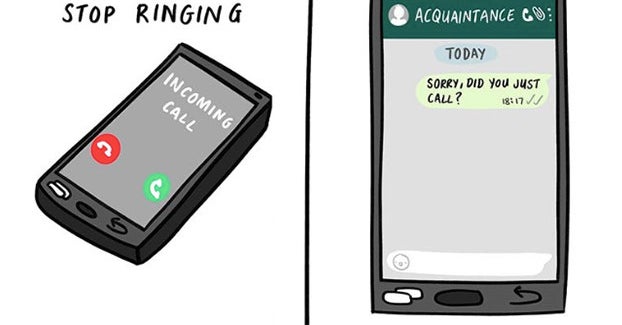5 min read
1518
106
User interviews are the bread and butter of every UX designer.
However, it’s easy to fall into a repetitive routine, asking the same questions and getting the same insights. It’s essential to switch up the script every now and then to derive fresh input.
In this article, you’ll find a library of UX interview questions that can be useful in your next interview.
The uniqueness of user interviews
Before we proceed, let’s unpack one crucial thing: each interview is unique. Every interview differs in:
- Context
- Type of interview
- The product assessed
- The interviewee
- The interviewers
and so on.
Depending on these circumstances, a skilled UX researcher not only prepares a different interview format and set of questions for each participant but also adjusts the interview direction on the go.
The goal of the interview questions library is to serve you as an inspiration and let you choose whatever fits your current needs. Use it as support material for your interview preparation, not as a premade interview script.
The user interview question library
The library consists of 23 questions divided into six categories:
- Discovering problems
- Assessing importance
- Validating the product
- Discovering positioning
- Understanding willingness to pay
- Evaluating communication
Discovering problems
Discovering what problems users face is one of the primary goals of user interviews. This knowledge then helps you prioritize further discovery activities and design desirable solutions.
Make sure that every user interview you do sheds some light on understanding the problem space.
Sample questions
- What’s the biggest challenge you have with [JTBD]? One way to discover new pain points is to ask what challenges users experience directly. Remember that the answer will include the most memorable pain point, not the most serious one.
- Please describe to me the last time you did [JTBD]. The best way to understand how users behave and what problems they experience is by listening to specific stories; e.g., instead of asking them what pain point they experience buying clothes online, ask them to describe the last time they bought clothes online. You’ll get a lot more nuanced answers.
- How many times, in the last N days, did you [JTBD]? There will always be more problems than you can explore. Focus on those activities and jobs to be done that happen often.
- What does your typical [JTBD] look like? This more open-ended type of question will help you uncover the most memorable parts of a given activity. Questions such as “how do you usually order food” or “how does your workday look” are simple yet quite powerful.
Assessing importance
Not all problems are worth solving, and not all ideas are worth implementing. The ability not only to discover pain points but also to assess their importance is a critical user interviewing skill.
Sample questions
- How does this problem impact other areas of your life? A user can tell you that the problem is truly important for them, but if they can’t pinpoint exactly how it impacts their life, the problem probably isn’t as relevant as they paint it.
- How often do you find a use for this type of solution? / How often does this problem appear? Even the most painful problems might not be worth solving if they happen every few years. Make sure to understand the frequency, not only the depth.
- If someone were to solve this problem, how would that improve your life? Solving relevant problems should lead to excitement and joy in the user. If they can’t pinpoint how their life would be better after solving the problem, the problem is probably not worth solving.
- How disappointed (1–5) would you be if the solution stopped existing? This is a powerful question for assessing the importance of currently existing solutions. Some solutions are simply not worth maintaining.
Validating the product
Sometimes we care more about validating specific ideas or the product’s usability than discovering new problems.
There’re plenty of validation questions you can use to gather meaningful feedback from users.
Sample questions
- What part of the product did you like the most/least? Whether by asking directly or indirectly (e.g., asking users to sort features from most to least important), understanding user preferences will help you reevaluate which features you should focus the most on.
- If you were trying to [JTBD], where would you start? How would you do it? This is a classic usability question. It works best if you can show a prototype or a screenshot to the user. The longer it takes for users to figure out how to achieve their goals, the less usable that part of the experience is.
- Describe the last time you used [product] to [JTBD]? You want to hear as many stories of how your users used your product to achieve their goals. It’ll help you better understand the context in which they use your solutions and determine whether they use it the way you expect. Listen closely for hidden pain points and opportunities.
Discovering positioning
As April Dunford, a renowned expert in product positioning, says:
“Good positioning sets off a set of assumptions about my product that are true. Bad positioning sets off a set of assumptions about my product that aren’t true — leaving your sales and marketing teams to do the work of undoing the damage your positioning has already done.”
If you think you are building an email app, but your customers believe you’re a data-storage app, you might quickly end up in the wrong place.
Sample questions
- How would you describe [product] to a friend or colleague? How your users describe your product might differ from how you describe your product. Adjust to your users.
- If [product] didn’t exist, what alternatives would you use? Listen closely to what alternatives they’d use. If they list various to-do list apps, there’s a high chance they perceive your product as a to-do list app.
- If you were to describe [product] in one word, what would it be? A quick question might lead to interesting insights.
- What do we do better than alternatives? Understanding what differentiates you from alternatives can help you narrow down your focus to what’s truly important.
- Please list the top three things that persuaded you to use our product rather than an alternative solution. A similar question to the previous one, but with different framing, might bring you different types of answers.
Understanding willingness to pay
Understanding customers’ willingness to pay is critical. It helps you set the right price points and, even more importantly, serves as a powerful input for further prioritization. After all, if our customers are willing to pay a lot for a particular solution, then it must be valuable for them.
Sample questions
- At what point would you find the price [too expensive | expensive | cheap | too cheap]? Understanding the answer to these four questions helps you define price sensitivity. You can then use Van Westendor’s price sensitivity meter to derive an acceptable price range for the product.
- Would you pay [amount] for the product/feature? Once you have a price hypothesis, you can ask users directly to validate further their willingness to pay.
- How probable, on a scale 1–5, would you be to pay [amount] for the product/feature? Another way to validate willingness to pay after having a price hypothesis. As a rule of thumb, roughly 50 percent of people who said 5 out of 5 would actually pay the price.
Evaluating communication
Communication is a critical part of every product. A small copy change can sometimes lead to triple-digit improvement.
Don’t ignore it. Mastering your copywriting might be more valuable than adding a yet another feature.
Sample questions
- What’s the main benefit of using [product/feature]? Users should be able to pinpoint the main benefit they can get from using your product or a particular feature without hesitation. If they can’t name it or have difficulty describing it, then how you communicate about the product needs improvements.
- Based on the tagline, what do you think [company/product] does? Given you are not a super-recognizable brand like Apple, your tagline should clearly explain what you do. Otherwise, you might have difficulty attracting the right audience.
- What do you think [feature] lets you do? Make sure users understand what your key feature does. Otherwise, they might be missing out on value simply because they don’t understand what they can get.
- Are you aware that we offer [solution]? Awareness is key. You have serious communication issues if your users don’t know that a particular feature or solution exists.
Summary
The quality of your user interview depends on the quality of questions you ask.
While there’s no silver bullet approach for a perfect user interview — each one differs in context, audience, and goals — there are questions that can fit various contexts and interviews.
Copy them fully, adjust them to your context, or just use them as inspiration for ideating your own tailor-made interview script.
LogRocket: Analytics that give you UX insights without the need for interviews
LogRocket lets you replay users’ product experiences to visualize struggle, see issues affecting adoption, and combine qualitative and quantitative data so you can create amazing digital experiences.
See how design choices, interactions, and issues affect your users — try LogRocket today.
Source link






Leave a Reply